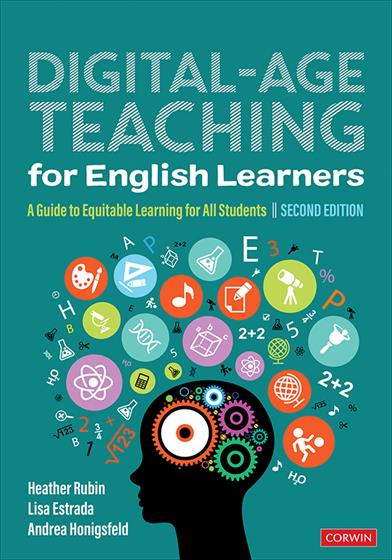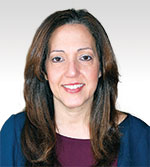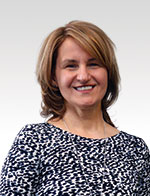Andrea Honigsfeld, EdD, is a professor in the School of Education at Molloy College, Rockville Centre, New York. Before entering the field of teacher education, she was an English-as-a-foreign-language teacher in Hungary (Grades 5–8 and adult) and an English-as-a-second-language teacher in New York City (Grades K–3 and adult). She also taught Hungarian at New York University. She was the recipient of a doctoral fellowship at St. John’s University, New York, where she conducted research on individualized instruction. She has published extensively on working with multilingual learners and teacher collaboration. She received a Fulbright Award to lecture in Iceland in the fall of 2002. In the past 22 years, she has been presenting at conferences across the United States, China, Denmark, Japan, the Philippines, Sweden, Thailand, the United Kingdom, and the United Arab Emirates.
She coauthored Differentiated Instruction for At-Risk Students (2009) and coedited the five-volume Breaking the Mold of Education series (2010–2013), published by Rowman and Littlefield. She is also the coauthor of Core Instructional Routines: Go-To Structures for Effective Literacy Teaching, K–5 and 6–12 (2014), Growing Language and Literacy (K-8 and 6-12, 2019, 2024 respectively) published by Heinemann. With Maria G. Dove, she coedited Coteaching and Other Collaborative Practices in the EFL/ESL Classroom: Rationale, Research, Reflections, and Recommendations (2012), Co-teaching for English Learners: Evidence-based Practices and Research-informed Outcomes (2020), Portraits of collaboration: (2022), and coauthored Collaboration and Co-Teaching: Strategies for English Learners (2010), Common Core for the Not-So-Common Learner, Grades K–5: English Language Arts Strategies (2013), Common Core for the Not-So-Common Learner, Grades 6–12: English Language Arts Strategies (2013), Beyond Core Expectations: A Schoolwide Framework for Serving the Not-So-Common Learner (2014), Collaboration and Co-Teaching: A Leader’s Guide (2015), Co-Teaching for English Learners: A Guide to Collaborative Planning, Instruction, Assessment, and Reflection (2018), Collaborating for English Learners: A Foundational Guide to Integrated Practices (2019), and Co-Planning: 5 Essential Practices to Integrate Curriculum and Instruction for English Learners (2022). She is a contributing author of Breaking Down the Wall: Essential Shifts for English Learner Success (2020), From Equity Insights to Action (2021), Digital-Age Teaching for English Learners (2022), Collaboration and Co-teaching for Dual Language Learners: Transforming Programs for Multilingualism and Equity (2023), Breaking Down the Monolingual Wall: Essential Shifts for Multilingual Learners’ Success (2024). Collaboration for Multilingual Learners with Exceptionalities: We Share the Students (2024), Collaborative Assessment for Multilingual Learners and Teachers: Pathways to Partnerships (2025), 9 Dimensions of Scaffolding for Multilingual Learners. Ten of her Corwin books are bestsellers.




